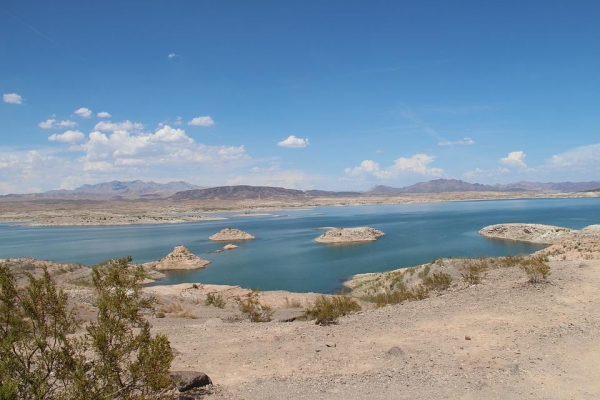Texas A&M researchers have created a new dataset that quanitifies trends of evaporative water loss from 1.4 million global lakes and artificial reservoirs.
A white mineral ring as tall as the Statue of Liberty creeps up the steep shoreline of Lake Mead, a Colorado River reservoir just east of Las Vegas on the Nevada-Arizona border. It is the country’s largest reservoir, and it’s draining rapidly.
With much of the country experiencing above-normal temperatures, below-average rainfall and a changing climate, it is vital that water management decision-makers have accurate information.
Led by Huilin Gao, associate professor in the Zachry Department of Civil and Environmental Engineering at Texas A&M University, researchers created the global lake evaporation volume (GLEV) dataset. It leverages modeling and remote sensing to provide the first long-term monthly time series for 1.42 million individual natural lakes and artificial reservoirs worldwide.
Read more at Texas A&M University
Photo Credit: joeroeder via Pixabay


